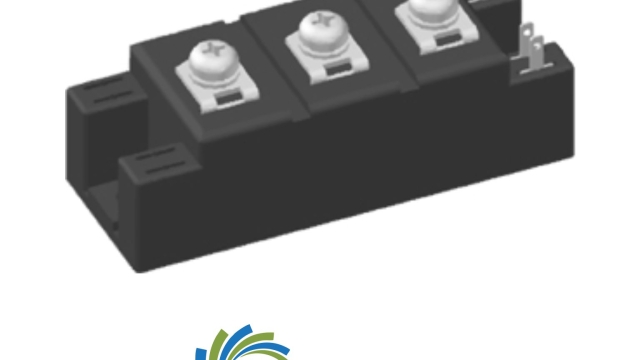
Unleashing the Power of IGBT Modules: A Comprehensive Guide

In the vast landscape of power electronics, IGBT modules stand out as essential components powering modern technology. Offering a sophisticated blend of the voltage capability of a Power MOSFET and the fast switching capability of a BJT, IGBT modules have become indispensable in various industrial applications. From renewable energy systems to electric vehicles, these modules have revolutionized the efficiency and control of power conversion circuits.
Manufactured with state-of-the-art technologies and designed with precision engineering, IGBT modules play a crucial role in optimizing power management strategies. Their ability to handle high currents and voltages, coupled with their superior thermal performance, makes them a cornerstone in the pursuit of energy-efficient and reliable power systems. Stay tuned as we delve deeper into the inner workings of IGBT modules and explore their potential to unleash a new era of power electronics innovation.
Request A Demo
Operating Principles
IGBT modules operate based on the combination of bipolar junction transistors (BJTs) and metal-oxide-semiconductor field-effect transistors (MOSFETs). This hybrid structure allows for high input impedance and low on-state power losses, making IGBT modules efficient for high power applications.
The key operating principle of IGBT modules lies in their ability to control the flow of current between the collector and emitter terminals by applying a voltage to the gate terminal. When a positive voltage is applied to the gate terminal, it creates an electric field that allows current to flow between the collector and emitter, enabling power amplification and switching capabilities.
Furthermore, the insulated gate structure of IGBT modules provides protection against voltage spikes and reduces power dissipation during switching. This feature enhances the reliability and longevity of IGBT modules in various industrial applications, from motor drives to renewable energy systems.
Applications
IGBT modules find wide applications in various industries due to their versatility and efficiency. One common use is in variable speed drives, where they control the speed of electric motors. These drives are crucial in industries such as manufacturing, HVAC systems, and transportation.
Another significant application of IGBT modules is in renewable energy systems like solar inverters. These modules play a key role in converting the direct current generated by solar panels into usable alternating current for households and businesses. Their high efficiency and reliability make them ideal for such critical tasks.
In the automotive sector, IGBT modules are utilized in electric and hybrid vehicles for power control and management. By efficiently managing the flow of electric power in the vehicle’s systems, these modules help improve performance and overall energy efficiency of the vehicle, contributing to a more sustainable transportation ecosystem.
Advantages
IGBT modules offer numerous advantages in various applications. One of the key benefits is their high efficiency, which leads to reduced power losses and heat generation. This efficiency translates to cost savings and improved overall system performance.
Another advantage of IGBT modules is their rugged design and ability to handle high currents and voltages. This makes them suitable for demanding industrial applications where reliability is crucial. The robust construction of IGBT modules ensures long-term operation even in harsh environments.
Furthermore, IGBT modules provide precise control over power flow, making them ideal for applications requiring variable speed and precise motor control. This level of control enables enhanced energy management and optimized system operation, ultimately leading to improved productivity and energy efficiency.



